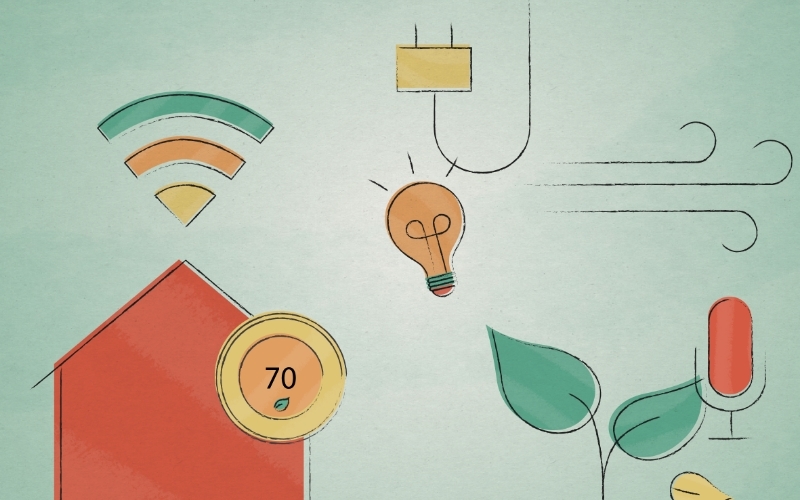Industry Trends
Marketing Insights
In 2022, the home improvement industry is driven to understand the evolving DIYer — their lifestyles, attitudes and behaviors — more deeply than ever. That’s because the Do-It-Yourself landscape has exploded over the past couple of years, with many homeowners transforming their homes, old and new, to match their lifestyles and adjust to recent mindset shifts created by the COVID-19 pandemic. From tackling long-postponed projects to upgrading at-home offices, kitchens and decks, homeowners cited “finally having the time for it” as the number one driver of home improvement projects in 2020.
To explore this and more, the Wray Ward Insights team attended Kantar’s 2022 Home Improvement Workshop. During the conference, we took a close look at who DIYers are, how they shop, and the best ways for home and building brands to connect with this growing consumer set.
Here’s what we found.
Who They Are
Despite the return to pre-pandemic lifestyles, shoppers across all generations are still completing home improvement projects — and nearly two-thirds intend to start a project in the next six months. These DIY shoppers own and live in single-family homes, and making their home their own is their primary goal.
To effectively appeal to DIYers and learn what makes them tick, consider the following key insights:
The DIY shopper is focused on small improvements over time, making their homes more enjoyable to live in and, for the older shopper, preparing to age in place.
The DIY shopper is making home improvements related to their life stages. For example, as millennials are making their homes child-friendly, boomers are adjusting their homes to their age and physical abilities. These projects are estimated to cost between $1,000 and $5,000.
DIY shoppers are most likely to have completed an exterior and garden/landscaping project in the past six months. While exterior projects are still relevant, the DIY shopper will complete projects such as updating decor, painting or installing a new floor. However, the project type ultimately differs by age, location and income.
Understanding your target audience goes beyond generational attributes — income and location play a major role in project type. For example, millennials and those who live in urban areas are more likely to do remodeling projects in the interior of their homes. Boomers and those with an income under $75,000 are more likely to do landscaping projects.
How They Shop
When it comes to tackling a new home project, DIYers do their research.
The DIY shopper first turns to family and friends for advice and resources regarding their project and the types of products they should use to complete it properly. On the other hand, millennial shoppers with a higher income and who live in an urban environment are also highly likely to use retailer resources for project advice. Meanwhile, the Gen Z audience is less likely to use retailer resources for information.
DIYers are a tech-savvy bunch. When planning for their project, these shoppers want online resources such as inspirational content, classes and how-to videos. But when it comes to actually shopping for and purchasing products, they are completing transactions offline and in-store.
If you want to win the heart of the DIY shopper, understanding their purchasing behavior is critical. Here’s a sneak peek:
Typically, the DIY shopper’s journey begins with looking for inspiration online. During this stage, companies should consider using online content to drive future in-store visits.
In the second stage, the DIY shopper is learning about the different products for their project online.
The DIY shopper prefers to complete the third stage (planning) both in-store and online. To reach them during this stage, companies should create and promote online planning tools that aid the process and make the transition between online research and in-store shopping seamless.
In the final stage, the DIY shopper makes the purchase offline and in-store. Here, brands can leverage digital tools such as apps and digital displays to enhance the in-store experience and complement the shopper’s online journey up to this point.
What Home and Building Product Manufacturers Can Do
As the DIY shopper continues to evolve, understanding who they are and how they shop is essential for reaching them more effectively. Whether it’s developing a strong digital media strategy, including sharing educational content on YouTube or supercharging your blog with fresh and engaging content — or both — manufacturers and retailers have the opportunity to move beyond transactional interactions with shoppers and create a more meaningful and lasting experience.
Want to learn more about how to reach your audience? Contact me.


